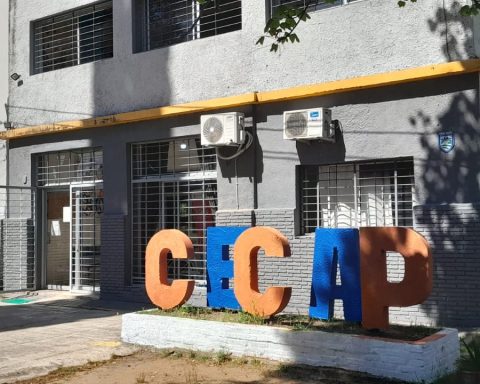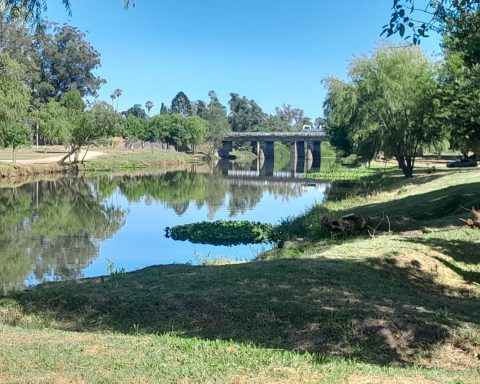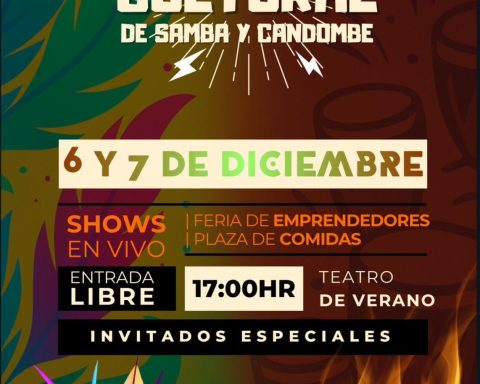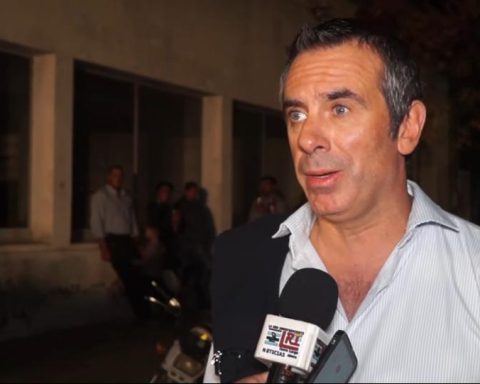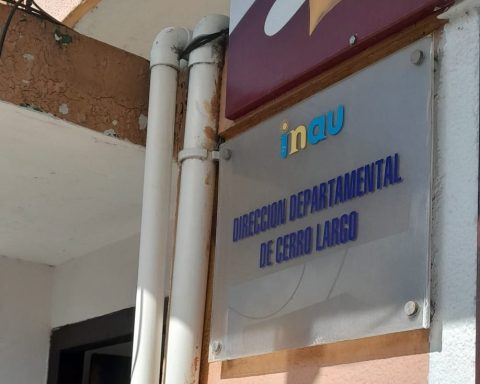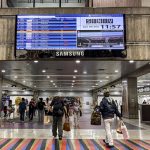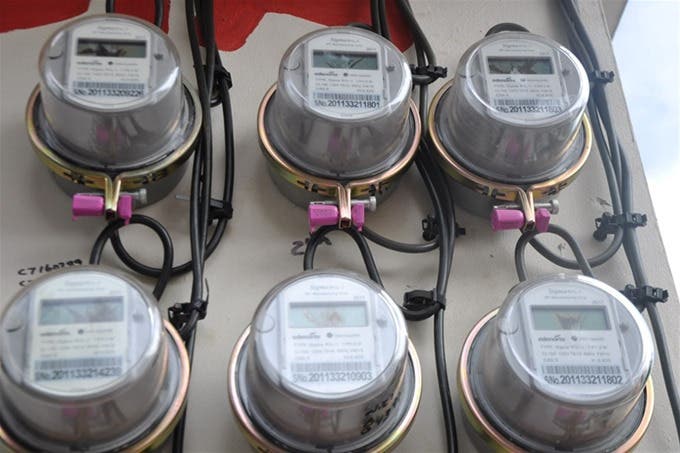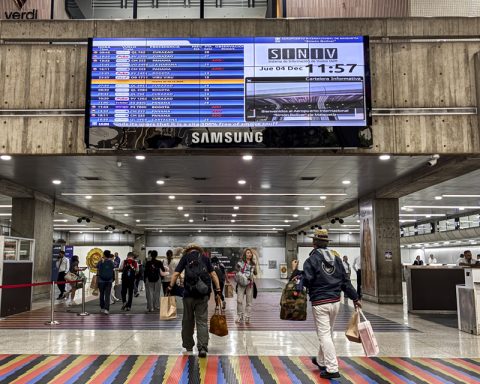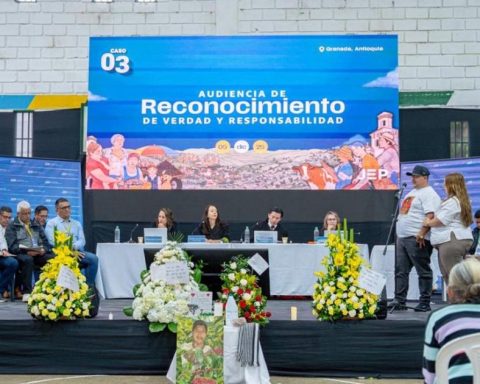Anyone who looked down on the results of the referendum against 135 articles of the Law of Urgent Consideration (LUC) agreed on an initial conclusion that broke the eyes: the map was very similar to the one in the 2019 runoff that led the nationalist Luis Lacalle Pou to the Presidency of the Republic.
This was highlighted by the president himself in his statements to the press on the same night of the election, as confirmed days later, and this has also been highlighted by the protagonists of the ruling party and the opposition together with public opinion analysts, who, when passing the line on the vote on Sunday the 27th –beyond the nuances in the interpretations– describe the situation of relative “freezing” in the correlation of forces between both political blocs.
That simple and quick conclusion is not far from what the detailed numbers of each of the locations throughout the country show in broad strokes.
However, an in-depth look also allows find some exceptions that exhibit small but finally movements compared to the second round of 2019.
In no case, except for very small towns in which any movement has a strong impact on the percentages, are these shifts very notorious. When they did occur, they were around five to ten percentage points.
On the left, a good part of the batteries concentrated on recovering forces on the coast of the country, and they achieved it with relative success depending on the department. In areas such as Paysandú and Río Negro, the Sí made progress compared to what happened in November 2019.
That contrasted with what happened in the northern departments of Rivera and Artigas, where the advance was for the ruling party.
On the other hand, in the east of the country (Cerro Largo and Treinta y Tres), the Broad Front also managed to raise its head in some localities compared to two years ago, but this occurred in places where the advantage of the ruling party had been – and in some cases it still is– very significant.
Where each option grew the most
In fact, of the ten localities in the interior with more than 1,000 valid votes in which the Yes had a greater growth with respect to the ballot, only in one of them the best performance resulted in a victory over the No. That happened in Fray Bentos, capital of Río Negro, where the Broad Front was 5 percentage points above that obtained by the Martínez-Villar formula.
The rest of the localities where the left obtained a greater push are Montes and Migues (in the Canelones saints), Vergara, Charqueada and Cerro Chato (Threinta y Tres), Quebracho and Pueblo Porvenir (Paysandú), Cerro Pelado (Maldonado) and Florencio Sanchez (Cologne). In all these locations, the Broad Front recovered ground with respect to the ballot, but –closer or further away in each case– was once again behind the ruling party.
The No, on the other hand, obtained a victory in nine of the ten locations in the interior in which it grew the most with respect to the ballot. The only exception was Parque Postel (San José) where it lost 55% against 44% against Sí.
The largest city where the ruling party advanced considerably was Rivera, where the No obtained 72% compared to 26% of the Yes. The Broad Front had voted especially badly in the riverense capital in October 2019 (only 20%), but it had been where more had recovered votes ahead of the November ballot, when the Martínez-Villar formula obtained 31%. In this way, in the city of Rivera, the result of the referendum represents a midpoint between the votes of October and November 2019.
Something similar also happened with Bella Unión (Artigas), emblem of the left for years. There, the Broad Front had obtained 45% in October 2019 against 49.6% of the five parties of the multicolor coalition. A month later, the Martínez-Villar formula prevailed 52% to 45%. In the referendum, the No advanced 4.5 percentage points with respect to the ballot and the balance tilted again for the ruling party by 50% against 49%.
Other localities that showed significant growth in No were Pueblo Lavalleja and Pueblo San Antonio (Salto), Vichadero and Tranqueras (Rivera), Toscas de Caraguatá (Tacuarembó), Villa Isidoro (Cerro Largo) and Ecilda Paullier (San José).
Paysandú, the department that turned
Paysandú was the only department in the country that changed its result: in November the Lacalle-Argimón formula had been imposed and on Sunday, March 27, the pink ballot was imposed. This change is mainly explained by the Yes vote in the departmental capital, where it improved almost 5 percentage points compared to 2019.
Martínez obtained 49.6% of the supporters and the ballot paper backed by the leftist coalition reached 54.3% on the last Sunday in March. The departmental capital gathers eight out of every ten Paysandú votes. However, the Broad Front managed to improve its vote in the four most populated localities outside the capital (Guichón, Quebracho, Pueblo Porvenir and San Félix).
But despite the improvement in the vote, it only managed to snatch the Colonia Paysandú coalition (195 valid votes) and Soto lost (58 valid votes) who had won it in 2019. That is, the victory of the pink color is mainly explained by the growth in the urban center of the department.
Methodology
The departmental scrutiny – which includes the observed votes – for 2022 has not yet finished. This Friday that process stopped in 98.3% of the circuits.
Beyond the fact that the comparison was made on the percentages obtained in each election, it is important to note that in 2022 there were fewer qualified to vote and participation fell 5 percentage points (about 134 thousand fewer people participated). In other words, if the comparison is in absolute numbers, there is a drop in the vote for both options compared to November 2019.

